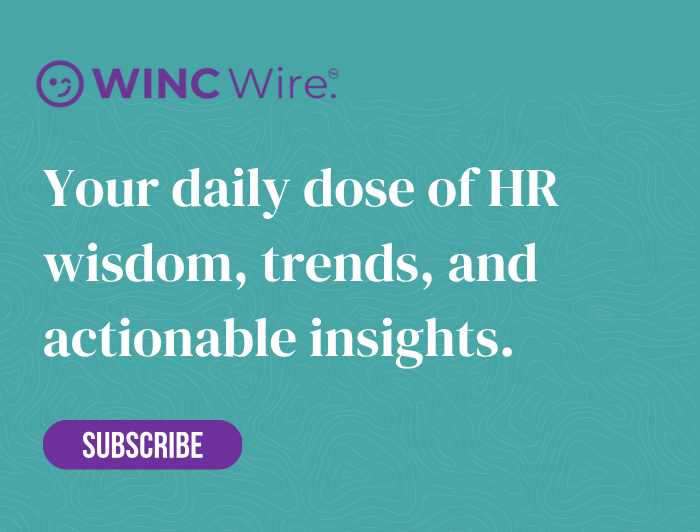Picture this: your newest hire walks through the door on day one, brimming with enthusiasm and possibility. Fast forward six weeks, and they’re quietly browsing job boards during lunch breaks. What happened? The answer often lies in those critical first days – the difference between an onboarding experience that genuinely welcomes and one that merely processes.
The statistics tell an uncomfortable story. Research suggests a significant portion of new starters leave within their first few months, often citing disconnection and unmet expectations rather than capability issues. Yet many organisations persist with onboarding that feels more like administrative theatre than authentic integration.
What’s missing? A genuine conversation. And that’s precisely where strategic onboarding surveys transform from bureaucratic paperwork into your most valuable retention tool.
Why Most Onboarding Fails Before It Begins
Traditional onboarding follows a predictable pattern: issue the laptop, schedule the compliance modules, arrange the desk. Efficient? Perhaps. Effective? Rarely. This approach treats new employees as recipients of information rather than contributors to culture.
The fundamental flaw isn’t in the logistics – it’s in the listening. Or rather, the absence of it. When organisations fail to gather meaningful feedback during those formative weeks, they’re navigating blind. Small frustrations compound into major grievances. Misalignments between expectation and reality widen into chasms. And by the time exit interviews reveal these patterns, it’s far too late.
Onboarding surveys flip this dynamic entirely. They signal from hour one that voices matter, perspectives count, and the employee experience isn’t something that happens to people – it’s something created with them.
Building Your Survey Strategy Around Human Milestones
Forget the one-and-done questionnaire sent on day five. Effective onboarding measurement mirrors the actual journey employees take – which unfolds over months, not hours.
Consider structuring your approach around these natural transition points:
The First 48 Hours – Capture immediate reactions whilst they’re unfiltered. Did the welcome feel genuine? Were basics like access credentials and workspace actually ready? These operational details matter enormously because they set the tone for everything that follows.
The 30-Day Mark – Your new hire has now experienced enough to spot gaps between promise and practice. Are they receiving adequate support? Do they understand how their work connects to wider objectives? This checkpoint catches emerging concerns whilst they’re still addressable.
Three Months In – Initial nerves have settled; daily routines have formed. This is when cultural fit becomes evident. Survey questions here should probe deeper: Do they feel psychologically safe raising concerns? Are development opportunities materialising? Would they recommend joining this organisation to others?
The Six-Month Reflection – A natural moment to assess whether your onboarding has genuinely enabled success. By now, employees can offer sophisticated insights about what worked, what didn’t, and what future joiners would benefit from knowing.
Each touchpoint builds on previous conversations, creating a continuous feedback loop rather than isolated data points.
Crafting Questions That Actually Uncover Truth
Poorly designed surveys produce useless data. Ask vague questions, receive vague answers. Overload with 40 items, watch response rates plummet. The art lies in precision – asking fewer, sharper questions that reveal genuine insight.
Effective surveys blend measurement with narrative. Use scaled questions (0–10 ratings) to track trends over time, but always pair them with open-ended prompts that capture the stories behind the numbers. “What surprised you most about your first week?” often reveals more than ten tick-box questions combined.
Questions for the First Week:
- On a scale of 0–10, how prepared did you feel on arrival?
- Which aspect of your welcome made the strongest impression?
- What would have made your first day noticeably better?
Questions at One Month:
- How clear are you about expectations for your role (0–10)?
- Describe one moment when you felt genuinely supported by your team
- What information or resource do you wish you’d received earlier?
Questions at Six Months:
- Rate your confidence in contributing meaningfully to team objectives (0–10)
- How well does the reality of working here match what you expected when joining?
- What one change would most improve the onboarding experience for future colleagues?
Notice the mix: quantifiable metrics alongside qualitative context. This combination produces actionable intelligence rather than abstract impressions.
The Non-Negotiable Rule: Act on What You Hear
Here’s the uncomfortable truth many organisations ignore: conducting surveys without implementing changes is worse than not surveying at all. It signals that employee input is performative rather than valued – a guaranteed way to breed cynicism.
When feedback reveals consistent patterns, respond visibly. If multiple new starters mention confusion about project management systems, create clearer guidance. If people repeatedly cite feeling isolated during remote onboarding, redesign your virtual integration process. Even modest adjustments demonstrate that listening translates into action.
Equally important is closing the loop. Share what you’ve learned and what you’re changing. This transparency transforms feedback from a one-way extraction into genuine dialogue. Consider publishing quarterly summaries: “Based on new joiner feedback, we’ve introduced buddy schemes and revised our IT setup process.” Such communication builds trust and encourages future participation.
Making Onboarding Memorable for the Right Reasons
Surveys provide the intelligence; culture provides the experience. The most sophisticated feedback mechanism means little if the underlying onboarding remains lifeless.
Consider unconventional approaches that break the corporate mould. Some organisations schedule new starters to begin mid-week rather than Monday, reducing the intensity of information overload. Others orchestrate “coffee roulette” – randomly pairing newcomers with colleagues across departments to accelerate relationship-building. Several have replaced dense induction manuals with interactive storytelling sessions where longer-serving employees share their own onboarding journeys.
The specifics matter less than the philosophy: onboarding should feel distinctly human rather than mechanistically corporate. It’s the difference between “here’s your employee handbook” and “let me tell you what makes this place special.”
From Compliance Exercise to Competitive Advantage
Outstanding onboarding doesn’t happen accidentally. It emerges from intentional design, continuous refinement, and genuine commitment to the employee experience. Surveys aren’t the endpoint – they’re the intelligence system that powers ongoing improvement.
When executed with care, this approach delivers measurable returns: faster time-to-productivity, stronger retention rates, enhanced employer reputation. But perhaps more significantly, it establishes a foundational principle – that employee voice matters from the very beginning.
The organisations that master this aren’t just processing new hires more efficiently. They’re building cultures where people arrive excited and stay engaged, where feedback flows freely because it’s genuinely valued, and where onboarding becomes less about administrative necessity and more about authentic welcome.
That’s not tick-box thinking. That’s transformation.






